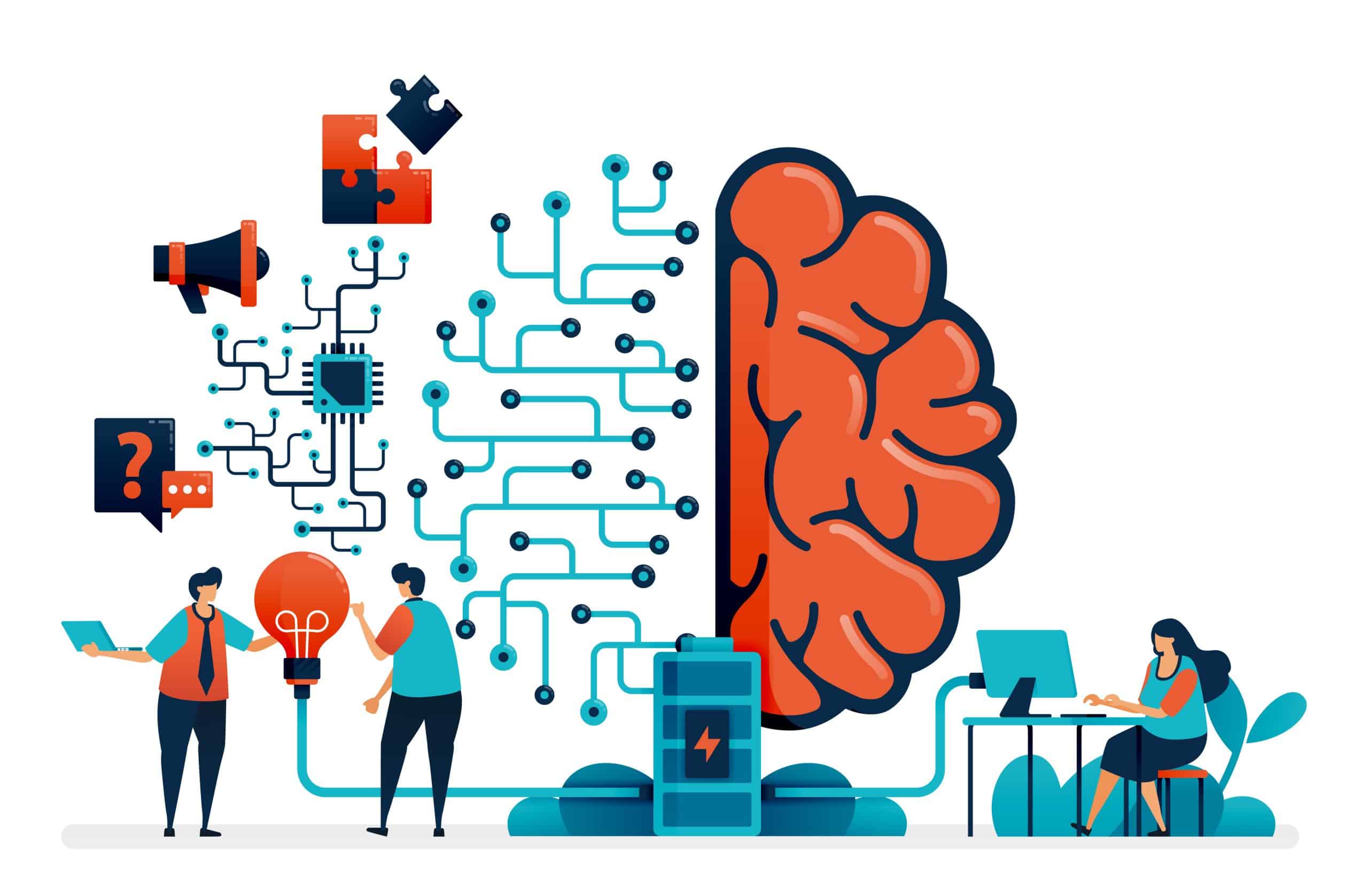- 🔑 Retrieval-augmented generation (RAG) is a technique in large language models that combines neural text generation with information retrieval from external data sources.
- 💡 RAG enables language models to generate highly relevant, personalized, and up-to-date content for digital marketing by accessing real-time data on products, user reviews, and market trends.
- 🎯 RAG improves the relevance, accuracy, and persuasiveness of marketing content by including pertinent facts, figures, and testimonials from external data sources.
- 🌐 RAG allows dynamic adjustment of content tone and style based on the target audience, increasing the effectiveness of marketing campaigns.
- ⚡ RAG assists in content scalability and creativity by automating parts of the content creation process, enabling marketing teams to focus on strategic elements.
- ⚠️ Challenges for RAG include data curation, ensuring accuracy and freshness of external data sources, and improving natural language understanding for better context comprehension.
- 📈 Key use cases for RAG in marketing include dynamic ad personalization, content scaling across platforms, and enhanced customer support with contextual ads.
- 🧩 Marketers should consider a robust RAG framework that synergizes brand-owned data and factual data from external research libraries obtained through partnerships or acquisitions.
In the ever-evolving world of digital marketing, standing out from the crowd and capturing the attention of target audiences is a constant challenge. Traditional methods often fall short, failing to engage customers who expect tailored and dynamic interactions. However, a groundbreaking technique called retrieval-augmented generation (RAG) is poised to revolutionize the way businesses approach advertising and content creation.
What is Retrieval-Augmented Generation (RAG)?
RAG is a sophisticated technique used in large language models (LLMs) that combines the power of neural network-based text generation with the precision of information retrieval. This technology enhances the capability of language models by enabling them to access a vast repository of external documents to fetch relevant information during the text generation process.
At its core, RAG empowers LLMs to generate content that is not only contextually relevant but also highly personalized by drawing from up-to-date data sources, such as product details, user reviews, and market trends.
The Benefits of RAG for Digital Marketing
1. Improved Relevance and Accuracy
One of the key advantages of RAG in advertising is its ability to improve the relevance and accuracy of content. By drawing from a vast database of information, the LLM can include the most pertinent facts, figures, and testimonials in the advertisements, enhancing credibility and persuasiveness. This is particularly important for industries where new information is critical, such as technology and healthcare.
2. Dynamic Personalization
RAG allows for dynamic adjustment of the tone and style of the content based on the target demographic. For a younger audience, the language might be more informal and energetic, whereas a more professional and restrained approach might be adopted for business-to-business clients. This flexibility significantly increases the effectiveness of digital marketing campaigns by ensuring the message is appropriate for its intended audience.
3. Content Scalability and Creativity
Marketing teams often face the challenge of producing large volumes of content while maintaining high quality and originality. RAG assists by automating part of the content creation process, allowing creative professionals to focus on strategic elements and fine-tuning messages rather than starting from scratch every time. This can not only speed up content production but also help maintain a consistent voice across all marketing materials.
Overcoming Challenges with RAG
While RAG offers numerous advantages, it also faces several challenges that need to be addressed for optimal performance.
Data Curation and Freshness
Integrating external databases requires careful curation to ensure accuracy and relevance, a labor-intensive process that can slow down system responsiveness. Additionally, maintaining the freshness and reliability of the data used poses a challenge, as outdated or incorrect information can lead to errors in generated content.
Natural Language Understanding
Another hurdle is ensuring AI comprehends and utilizes the context from the retrieved data correctly, which can be complex due to the nuances of language and facts. To optimize RAG, advancements in natural language understanding and processing are crucial.
Dynamic Database Updating and Verification
Developing more dynamic methods for database updating and information verification will enhance the reliability and usefulness of RAG systems, ensuring they provide accurate and context-aware responses in real-time applications.
RAG Use Cases in Digital Marketing
Here are three specific and measurable marketing use cases tied to the RAG enrichment of LLMs for brand marketers to consider:
- Dynamic Ad Personalization: Utilizing RAG, advertisers can dynamically generate personalized ad copy that incorporates real-time data from customer interactions and external market trends. This ensures high relevance and engagement, measurable through increased click-through rates and conversion rates.
- Content Scaling for Multiple Platforms: RAG can automatically adapt and scale marketing content across different platforms (e.g., social media, websites, email, etc.) by retrieving and integrating platform-specific user engagement data. Success can be measured by analyzing engagement metrics such as likes, shares, and comments across platforms.
- Enhanced Customer Support with Contextual Ads: By integrating RAG in customer support chatbots, businesses can offer real-time, context-aware advertising suggestions based on the conversation history and customer data. This application can be measured by improvements in customer satisfaction scores and upsell rates.
Considerations for Implementation
While RAG holds immense potential, it may not suit organizations that handle highly sensitive or confidential information, as integrating external databases raises data security concerns. Additionally, RAG requires robust data management and may be too resource-intensive for smaller organizations with limited technical capabilities. For scenarios needing instant decision-making, the potential delay in data retrieval and processing can also be a drawback, making RAG less ideal for real-time applications.
Embrace the Future of Intelligent Marketing
As digital marketing continues to evolve, the integration of RAG in LLMs promises to drive innovation, creativity, and efficiency, helping businesses achieve their marketing objectives more effectively. This approach not only meets the demands of modern consumers for personalized communication but also empowers marketers to craft messages that truly resonate and inspire action.
Marketers should consider the utilization of a robust RAG framework that synergizes brand-owned data (CRM, ERP, PII) and factual data from extensive consumer and market research libraries (survey panels, focus groups, social and market analysis reports) obtained via partnerships and/or acquisitions.







